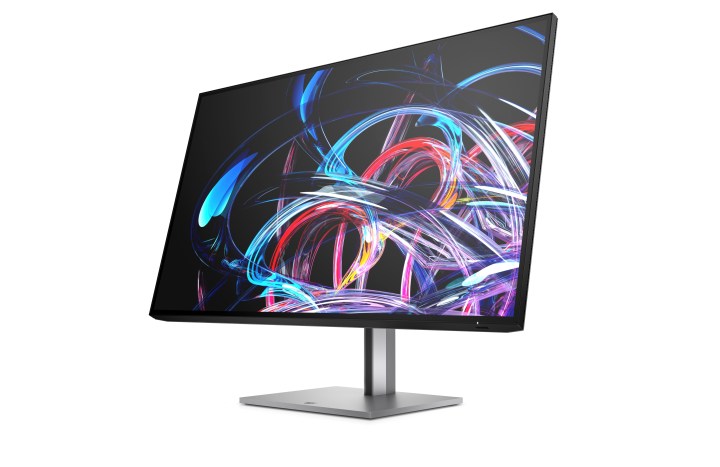HP has just revealed several new products, and among them, you can find what seems to be a real gem as far as monitors are concerned — the HP Z32k G3. The monitor is only the second display to utilize the IPS Black technology, and it’s the first such display that supports Thunderbolt 4.
Aside from the monitor, the company has also unveiled a brand-new all-in-one desktop, a webcam that offers 4K streaming, a laptop and tablet hybrid device, and improvements to HP Proactive Insights that could have a positive effect on productivity.

With today’s release, HP seems to be heavily targeting professionals, with a strong aim to enhance multitasking, productivity, and the ease of working remotely. While each of the products has something to recommend it, the star of the lineup is most likely the HP Z32k G3 — a
HP is truly breaking new ground with this monitor. The only IPS Black monitor that we’ve seen up until now was the Dell UltraSharp 32 4K, and it turned out to be rather impressive. While we haven’t gotten to test the new HP the way we got to with the Dell, the company did release some information that gives us insight into what we can expect.
IPS Black’s major advantage is pretty much what it says on the tin — deeper contrasts and darker blacks, with a contrast of 2,000:1 as opposed to the more common 1,000:1, and up to 41% deeper black levels compared to conventional IPS panels. That is not to say that the new HP monitor is dark, because it isn’t — at 400 nits, it’s plenty bright and should deliver the other perks of an IPS panel, meaning accurate color reproduction and vivid imagery.
The display itself measures 31.5 inches and comes with a
The focus on multitasking makes an appearance here, because HP equipped this monitor with a KVM switch that will help you switch between two different computers on the same monitor. You can also use both computers on the HP Z32k G3 simultaneously. The display has paper-thin bezels and comes with pivot, tilt, height adjustment, and swivel. HP plans to release it in November, and the pricing will only be revealed when we get closer to that date.

Moving on to the new HP 34-inch All-in-One desktop, we’re seeing a thin and lightweight machine enclosed within a sleek-looking monitor. It comes with support for dual video streams and can be decked out with up to two detachable 16MP cameras. Seeing as the cameras each have a magnetic detachment, they can be placed anywhere around the bezel and angled in any way you like. The PC itself also supports a range of technologies that should make video calls easier, such as dynamic voice leveling, artificial intelligence-powered noise reduction, and light adjustments. There’s also an auto-frame feature, which keeps the subject at the center of the video frame, even if they move around.
Equipped with a 34-inch 5K display, the all-in-one sports a 21:9 aspect ratio. It can be configured with an up to an Intel Core i9-12900 CPU and an Nvidia GeForce RTX 3060 GPU, as well as up to 128GB of DDR5-4800 RAM. The new PC, made with professionals in mind, will have a starting price of $2,119 and is expected to be available in September.
The emphasis on remote work continues with the HP 965
HP has also unveiled the HP Dragonfly Folio G3, a combo of a tablet and a laptop; in short, a convertible PC. You can use it in clamshell, tablet, and media modes, and it comes equipped with an Intel Alder Lake CPU combined with integrated Iris Xe graphics. The HP Dragonfly is now up for sale, starting at $2,379.

Lastly, HP detailed a slew of improvements it’s bringing to Proactive Insights. For regular users, this won’t be all too exciting, but IT teams will be able to utilize these new features to help hybrid and remote workers in need of technical support. Some of the features include granting the IT department a peek into each device, including metrics like CPU usage, battery health, and thermal levels. The same applies to software and various applications.
HP’s new lineup should be of interest to remote workers, but the monitor might capture the eyes of many creative professionals. It will certainly be interesting to see the world’s second IPS Black display in action when it hits the market. Seeing as Dell’s own IPS Black monitor was priced in the $1,000-$1,200 ballpark, we’re expecting a similar price for HP’s effort.




